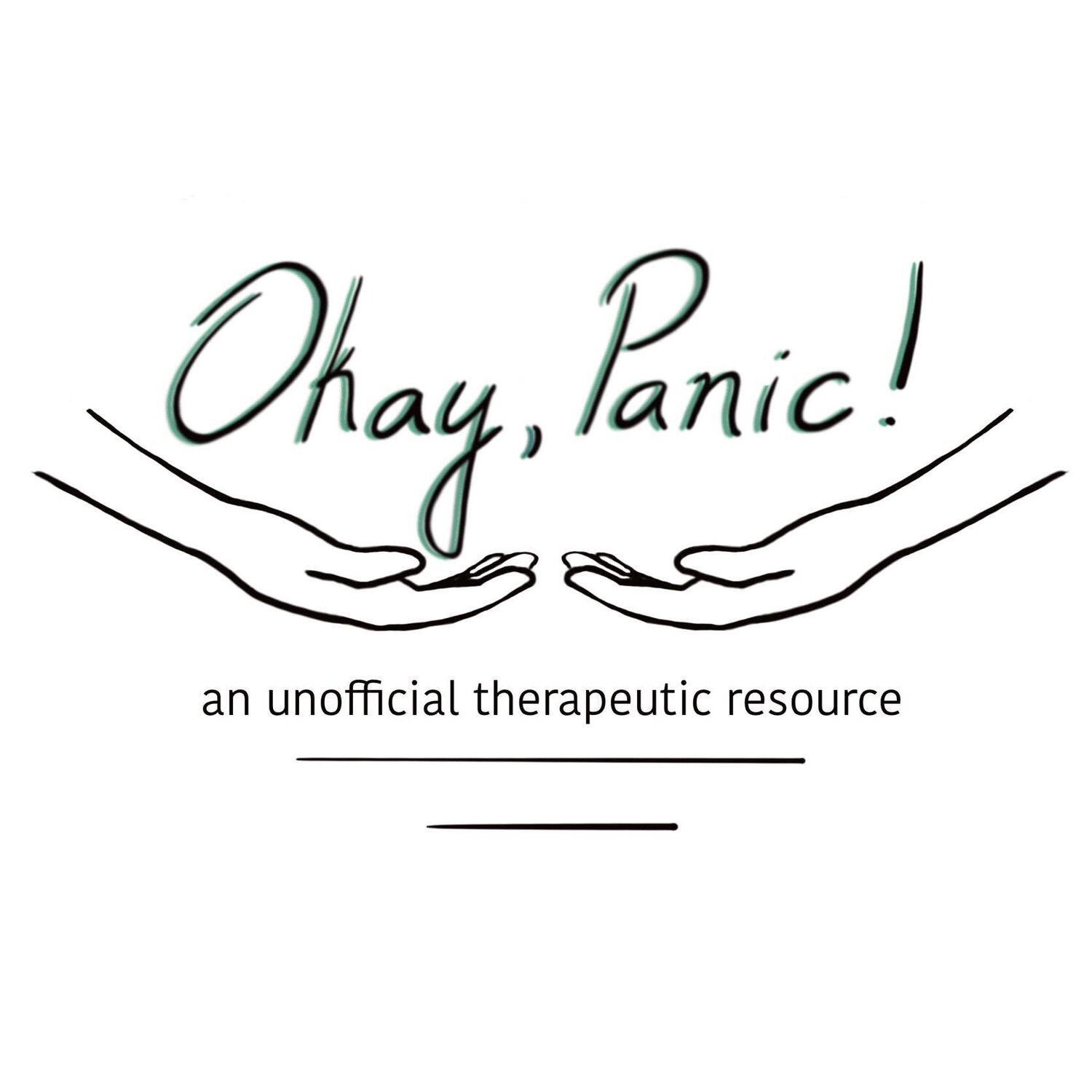“Name it to Tame it” - How to Do it and Why it Helps
What is it?
“Name it to Tame it” is a phrase I picked up from my therapist. Even after our almost six years of working together, I still remember the first time she asked me about how I knew when I was experiencing a certain emotion. Many people use this phrase to summarize the process of identifying the big emotions you’re experiencing in order to work through and cope with them.
This process is going to be different for everyone - we all all pay attention to different signals and our feelings manifest in different ways. The signals I pay attention to that tell me I’m anxious may different to yours, but hopefully I can start to describe the process enough that you can begin to explore and identify for yourself.
Physical Signals
So let’s talk about physical sensations - this is what clicked for me. I remember trying to explain how I knew I was sad versus disappointed and my therapist began asking where in my body I feel sadness. Perhaps in your life you’ve read or heard the phrase “my heart sank” to describe someone who has just been let down. I think this is a really poetic way of describing where many people feel disappointment. When I was a child and my parents signed me up for a new activity, I often complained of a stomach-ache. On the surface it may have appeared to be a feigned illness to get out of an overwhelming situation, but in hindsight, I know that it was probably me getting the feeling of anxiety mixed up with the feeling of a stomach ache because of the physical closeness of the two sensations. Now, I find myself alerted to my anxiety by noticing the physical sensation of it deep in the pit of my stomach, then reflecting on what thoughts or events triggered this reaction. I feel anger in my hands and arms, and I feel disappointment in my chest. It takes time and a lot of mindfulness to attune to these things, but once you can connect the physical sensation to the feeling, it makes it easier to cope because you know what you’re working with.
Behavioural Signals
There may be other things that signal certain emotions - perhaps you notice a change in your behaviour and/or interactions with others when you are feeling certain emotions. Do you get quiet? Do you get very talkative? Are you more irritable? Sarcastic? Noticing the change in your behaviours maybe be an easier thing to focus in on if you’re new to emotion identification. You may notice that when you’re disappointed you become short and passive-aggressive with others. You may also notice the thoughts going through your mind easier than the physical sensations. What is your inner voice saying? Is it barreling through “what ifs?” Is it overly critical? All of these thought patterns could be signals that you are experiencing a specific emotion.
Why Bother?
So what’s the point? You can’t solve a problem if you don’t know what the problem is. You can’t begin to ease and work through an emotion if you don’t know what it is. Knowing what you’re feeling can help you understand why you’re feeling it, and once you understand that, you can start to be gentle with yourself and work on moving through it instead of getting stuck in it.
An Example:
One day I was out with my partner (at the time). We were at a Halloween store getting ideas for our costumes. We had decided on an idea and were browsing to see if there was anything we could use. As we walked back to the car I could feel something was off, so I turned inward and tried to take stock of what I was feeling. I thought I was anxious at first but when I realized I was feeling a heaviness in by chest and midsection, I realized I was disappointed and/or sad. I remember saying something like “I think I’m sad but I’m not sure why yet”. After a little bit of talking through and reflecting on thoughts and actions leading up to that point, I realized that I was sad that the costume we chose didn’t allow me to be creative. Once I knew what was bothering me, we were able to talk it out and my partner was able to reassure me that we could simply choose a different costume and I was able to move on and let the feeling pass through. If I didn’t recognize what I was feeling, I might not have been able to find a solution to what was bothering me.
This is of course just the tip of the iceberg but I hope it gives you a general idea of the process and why it helps. If you find it challenging, you could try drawing from some CBT techniques and create feeling logs that account for what you’re feeling, how you knew and what happened right before. It will take some practice in identifying different things, but if you ask me, it makes a huge difference in how I am able to move through life and especially the emotions that are really hard to sit with. It helps me to say “It makes sense that you feel sad right now because….” and sometimes just that can make a difference.
What are some of your favourite ways to get in touch with your feelings? How do you know what you’re feeling when you feel it?
-B

